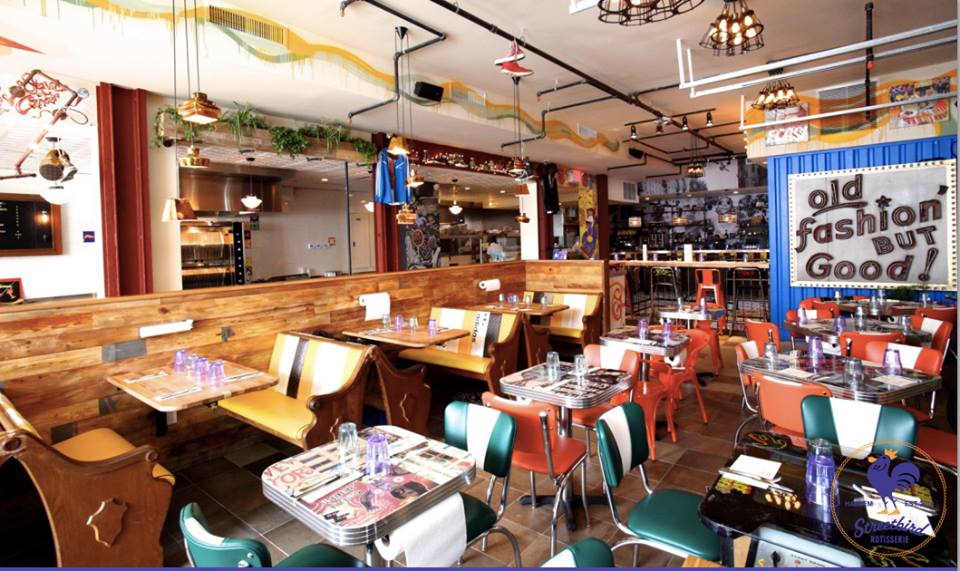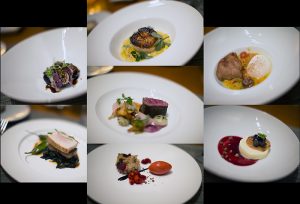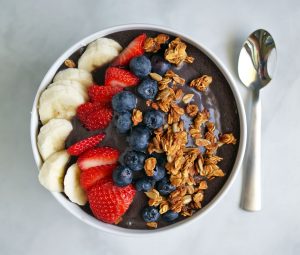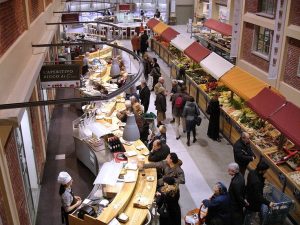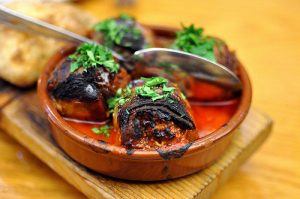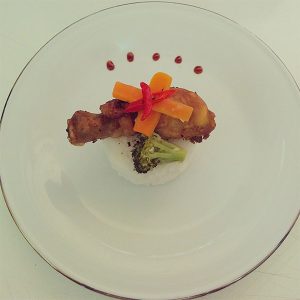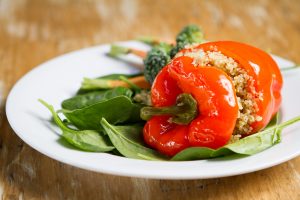While some trends that found footing in 2015 will continue to grow in popularity, 2016 will also bring about new concepts and focusses.
1. Chef-casual
As Americans’ appetite for casual dining shows no signs of waning, savvy upscale operators will implement a high-low strategy. We saw this trend emerge (Marcus Sammuelsson’s StreetbirdNYC, Richard Blais’s FLIP Burger, Rick Bayless’s Xoco) and 2016 will only bring more examples.
In a risky act of foodservice subversiveness, well-known L.A. chef Roy Choi and Daniel Patterson of Coi and Alta in San Francisco are taking on the fast food giants where they’re most in demand—the inner cities of places like San Francisco, L.A. and Detroit. Their fast food concept, LocoL, is looking to disrupt Big Fast Food with a cleaner and healthier alternative.
2. Chef’s Choice
Tasting menus are alive and well at many top restaurants, and will continue to be in the next year. While some offer the full experience alongside an a la carte or prix-fixe option, several offer only a tasting menu or don’t even print a menu at all (Ronny Emberg’s Atera). All of these trends reflect diners’ desire for a more chef-curated experience.
3. Cool Bowls
Bowl foods will show up on more menus. Heard of Acai bowls? They’re the new smoothie, according to consultants and trend watchers Baum + Whiteman in their annual trends report. Acai bowls start with frozen pulp from the superfruit, thinned out to a scoopable texture with milk (usually soy), and finished with fruit, granola, chia seeds, coconut flakes, peanut butter or other toppings. Like the one above from Jugos in Boston, they menu for about $10.
Poke bowls are next on the raw fish front. Cubed ahi tuna or other fish is marinated in a bolder, more savory sauce than its ceviche cousin and served over seaweed-seasoned rice. The Hawaiian dish is all over L.A. and is also popping up in Boston, New York and Salt Lake City.
4. Food Halls
The U.S. got its first taste of the modern iteration of the food hall in 2010 when Mario Batali and Joe Bastianich launched Eataly in New York. Influenced by European markets, today’s food halls are showcases for local restaurant operators, food artisans and other purveyors.
2015 saw a food hall boom, and more will join their ranks in 2016. Often housed in repurposed urban spaces, and featuring attractive communal dining spaces, these elevated offspring of the 1970s food court are a stylish, social and convenient way to eat and shop. Some developers have even seen fit to include short-term incubator spaces for emerging concepts (Avanti, Denver; 4th Street Market, Santa Ana, CA.)
Other food halls in development include:
- Anthony Bourdain’s yet-unnamed 155,000-sq.-ft. food hall at Pier 57, lower Manhattan. Once completed in 2017, the “chaotic, in a good way…Asian night market,” as the No Reservations star has described it, will be New York’s largest food hall.
- James Beard Public Market, Portland, OR, is named for the culinary icon born there. The indoor-outdoor waterfront space will be served by 90 vendor stalls.
- The Marketplace at the National, Chicago: On the ground floor of a historic 1907 building, with 10 stalls featuring “many of Chicago’s most respected chefs and restaurant groups.”
- Dekalb Market Hall, a 26,000-sq.-ft. space in Brooklyn, NY.
- Detroit Ship Yard, 10,000 square feet of restaurant, retail and gallery space in repurposed shipping containers.
- The Hall at 400 Fairview, located in a new suburban Seattle office tower promises the “spirit and energy of an open-air market.”
5. Sister Farms & Onsite Gardens
“Farm-to-table” dining is so ubiquitous now that restaurants don’t need to tout it. But many of the best are taking the concept to the next level, using their own gardens and farms to produce ingredients for the kitchen. The French Laundry is famous for its bountiful kitchen garden, while Arethusa al Tavolo was born out of Arethusa Farm — chefs and growers are more connected than ever.
6. Snacks and blurred dayparts
Make room on your menu for snacks as customers continue to want customizable experiences and something to nosh whenever the craving hits. Increasingly, guests are looking for snacks that deliver protein and other nutrients. The ideal snack combines sweetness with salty, spicy or smoky flavors. The chorizo-stuffed dates at Paul Kahan’s Avec in Chicago are a perfect example.
Here are some more:
- At The Violet Hour cocktail lounge in Chicago, snacks include roasted nuts with cayenne, paprika, sugar and oregano; and a truffled ricotta tartine of toasted rye bread topped with ricotta, truffle oil, herbs, honey and arugula.
- At Bryant Ng’s Cassia in L.A.: Kaya (coconut jam)-filled toast made from brioche and served with a slow-cooked egg.
- At Al’s Place in San Francisco: French fries served with smoked apple sauce.
- At Sambar in L.A.: Chicken wings finished with Malabar hot sauce and summer fruit chutney.
7. Southern roots
2016 will embrace the South and its ultimate culinary icon, fried chicken—a carryover trend of the last few years that’s showing no signs of fatigue.
In fact, the experts at Baum + Whiteman have called 2016 “the year of fried chicken.” The dish not only crosses geographical lines, but the dining spectrum as well. A host of startup and independent fast casual chicken concepts (including David Chang’s Fuku, a fried chicken sandwich shop in NYC, and Danny Meyer’s Chicken Shack) will expand and give the chicken chains a run for their money.
8. Vegtables are still stars
As Restaurant Hospitality predicted last year, vegetables will still be center stage in restaurant dishes in 2016, often taking center-of-the-plate roles and pushing protein over to the side.
Consumers seeking more antioxidants and fewer hormones, rising beef prices, and vegetables’ seasonal nature and variations are driving this trend. The radish plate at Vedge in Philadelphia, for instance, features eight different varieties of the vegetable, prepared in eight different ways.
Vegetable-forward eating is shedding its earthy-crunchy rep and associations with odd meat substitutes. Hearty cauliflower or portobello steaks aren’t trying to be something they’re not. They’re out and proud because chefs are making them delicious and satisfying. Watch for the “root to stem” movement (similar to the zero-waste, nose-to-tail movement) to gain traction, says Baum + Whiteman.
So what does 2016 have in store for restaurants: a more casual and community focus, lots of vegetables and fried chicken, chef-centered menus.
